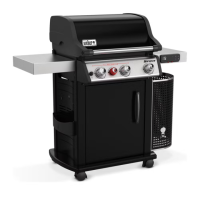
Do you have a question about the Weber SPIRIT EPX-325S PREMIUM GBS and is the answer not in the manual?
| Main Burners | 3 |
|---|---|
| Total Cooking Area | 529 square inches |
| Main Cooking Area | 424 square inches |
| Warming Rack Area | 105 square inches |
| BTU-per-hour Input | 32, 000 BTU |
| Side Tables | 2 |
| Swivel Casters | 2 |
| Swivel Locking Casters | 2 |
| Tool Hooks | 6 |
| Built-in Thermometer | Yes |
| iGrill 3 Compatible | Yes |
| Lid Material | Porcelain-enameled |
| Ignition | Electronic Crossover ignition system |
| GS4 Grilling System | Yes |
| Fuel Type | Propane |
| Grates | Porcelain-enameled cast iron |
| Warranty | 10 years |
Register your gas barbecue to unlock special content and lifetime WEBER knowledge and guidance.
Explanation of DANGER, WARNING, and CAUTION statements used in the manual.
Critical safety advice for operating the barbecue, including gas handling and placement.
Introduction to the WEBER CONNECT app and its features for enhanced barbecuing.
Details the terms, conditions, and exclusions of the WEBER voluntary warranty.
Description of the integrated WEBER CONNECT system for monitoring and control.
Overview of features like Warming Rack, GOURMET BBQ SYSTEM, Sear Zone, and storage.
Essential information on LPG, safe handling, cylinder requirements, and regulators.
Technical specifications for burner valve orifice sizes and gas consumption rates.
Instructions and requirements for safely installing the LPG cylinder inside or outside the barbecue.
Step-by-step guide for securing the LPG cylinder within the barbecue cabinet.
Guidelines for cylinder placement outside the cabinet, including ground and side mount options.
Procedure for connecting the LPG cylinder regulator and performing essential leak checks.
Detailed steps for checking gas leaks using a soap and water solution.
Instructions for the first burn-off and routine meal-to-meal maintenance.
Guide to safely igniting the barbecue using the CROSSOVER system and how to extinguish burners.
Technique for achieving intense heat for searing meats to perfection.
Details on using the module's dashboard, timer, notifications, and food probes.
How to set alerts for barbecue temperature and food doneness using the WEBER CONNECT module.
Guidelines for cleaning and storing food temperature probes for optimal performance.
Explanation of direct and indirect heat methods for different cooking techniques.
Essential do's and don'ts for successful barbecuing, including preheating and peeking.
Comprehensive instructions for cleaning the barbecue's interior, lid, grates, and burners.
Methods for cleaning the cookbox, grease management system, and exterior surfaces.
Steps to diagnose and resolve issues when the barbecue fails to ignite.
Procedure for manually lighting the barbecue burners using a match.
Troubleshooting low heat, uneven heating, or burners not igniting due to gas flow problems.
Addressing yellow flames, gas smells, and obstructions in burner spider screens.
Resolving issues like peeling paint appearance and flare-ups caused by grease buildup.
Troubleshooting the electronic ignition system by checking batteries and wire connections.
Resolving power loss and connectivity issues with the WEBER CONNECT module.
Understanding and addressing error codes that may appear on the WEBER CONNECT digital display.
Connecting an external power bank as an alternative power source for the WEBER CONNECT module.
Diagram illustrating the wiring connections for the WEBER CONNECT module.
Recommended barbecue times for various types of meat, poultry, seafood, and vegetables.
List of Weber customer service contacts and support information for various countries.
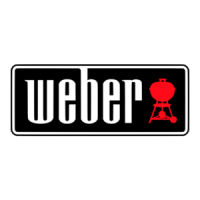
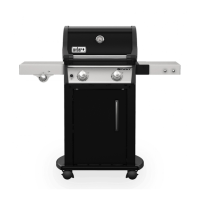

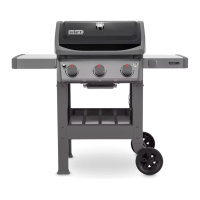

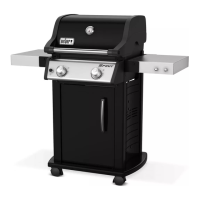
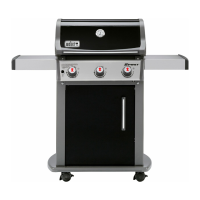
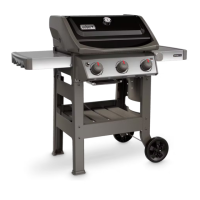
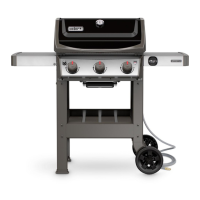
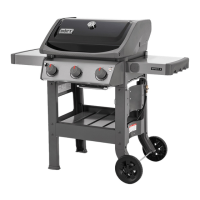
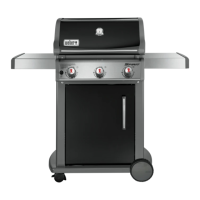

